How to protect yourself from ‘financial repression’
As the US Federal Reserve pursues a policy of ‘financial repression’, investors are taking bigger and bigger risks in search of returns. John Stepek explains what financial repression is, how it affects you, and how to shield your wealth from it.

Easy money lay at the heart of the 2008 global financial crisis.
With interest rates on safe' assets extremely low, investors over-reached themselves in a desperate hunt for yield.
From sub-prime mortgages to emerging market debt to junk bonds, people bought any asset that promised to give them any sort of return.
MoneyWeek
Subscribe to MoneyWeek today and get your first six magazine issues absolutely FREE

Sign up to Money Morning
Don't miss the latest investment and personal finances news, market analysis, plus money-saving tips with our free twice-daily newsletter
Don't miss the latest investment and personal finances news, market analysis, plus money-saving tips with our free twice-daily newsletter
They didn't consider the downside. They didn't consider the risks they were taking. That's because they believed that the world's central banks, led by the Federal Reserve, would always come to the rescue if their bets turned bad.
It turns out that they were right, of course. (Although many didn't survive the big crash long enough to enjoy the big bail-out.)
The Fed piled in to drive interest rates even lower, through printing money. But now monetary conditions are at least as loose as they were in 2007.
And we all know what happened after that. The question is what happens now?
It's 2007 all over again
Hedge funds that trade in the debt markets "have never had it so good", as Henny Sender noted in the FT last week.
Financial conditions are as loose today as they were in 2007. That's what Ben Bernanke himself said in a speech last month. As a result, companies are piling into the market to borrow money, and investors are lapping up their debt.
About the same amount of high-yield bonds (junk' bonds) have been issued this year as in 2007. And according to JP Morgan, more of these high-risk loans are being dished out with fewer conditions than ever before. Companies are also borrowing cheap money to fund payment of dividends.
In other words, the Fed's quantitative easing (QE) policy is working. By printing money to buy government bonds (Treasuries, as they're known in the US), the Fed has driven down interest rates on US Treasuries. It's also been buying mortgage debt.
As a result, those who want to make any money in the markets, are being pushed further out the risk curve', as the jargon would have it. What this means is that they are buying ever-dodgier investments in a desperate hunt for returns.
As James Montier of GMO puts it: "Bernanke's first commandment to investors goes something like this: Go forth and speculate. I don't care what you do as long as you do something irresponsible."
There are lots of downsides to this. Not least of all, prices now don't reflect risk "at all", as Sender notes. "Should Philippine government debt really be yielding 3.6%?" she asks.
(I'd add should UK gilts really have yields at record-low levels when our economy is stagnant, inflation is stubbornly above target, and the lines between fiscal and monetary policy are increasingly blurry?)
This mispricing of risk is exactly what happened before the big bust in 2008. So what happens next?
What does this mean for investors?
That depends. How long can the Fed maintain this policy of financial repression'?
Financial repression is a strategy for buying time while you heal the underlying problems with your economy. You try to stop the whole thing from having a cataclysmic crash, while allowing bursts of inflation to erode your debts.
It's basically a massive tax on savers of all kinds. As Sender notes: "households cannot earn anything on their savings, pension funds are badly underfunded and insurers cannot generate enough investment income."
But it's not an easy tightrope to walk. As Scott A Mather pointed out in a piece for bond fund manager Pimco last year, the danger is that alongside financial repression, you get: "asset booms / busts, uncontrollable bouts of inflation, sudden stops in economic activity from loss of confidence, or capital flight."
Moreover, financial repression might not work as well now as it did following World War II, simply because growth prospects in the developed world aren't as good as they were then.
So plenty can go wrong. And if it's a tough tightrope for the world's biggest economy to walk, it's even harder for the likes of the UK. The dollar is still the world's reserve currency it's where you flee to when things go wrong. But you can't say that for sterling.
This all sounds very depressing. How do you cope with it as an investor?
Well, the good news is that the answer is the same as it usually is: buy stuff that's cheap and avoid stuff that's expensive. Bonds in general are too expensive, as we can see pretty clearly from the above examples. Because of this, you run too much risk of losing money in real terms if you invest in bonds today.
What about stocks? As Montier puts it, GMO "don't like stocks as an asset class compared to what we think fair value should be. However, the alternatives are generally really awful."
The key is to realise that all along this financial repression tightrope, the markets are still going to "swing between irrational exuberance and the depths of despair." So if you can buy assets when markets are unfairly neglecting them, and sell them when they are over-priced, you should still be able to make a decent return after inflation.
We've discussed this on numerous occasions, but this is one reason why we like European stocks and some of the peripheral markets in particular. They have been priced for disaster, which means they should have less downside than other markets.
As for making sure that you "buy low and sell high", this is where sensible asset allocation and rebalancing comes in. Assign a certain percentage of your portfolio to each asset class you like. Then on a regular basis (not too often six monthly or maybe even annually), check that the portfolio is still roughly in line with your desired allocation.
What this means is that if one asset has risen sharply in price, you'll end up selling some of your holding. And if another asset has dropped sharply and you still consider it worth buying you'll top that holding up. In other words, you automatically buy low and sell high.
You can learn more about asset allocation and rebalancing, and lots of other basic investment skills by signing up for our free twice-weekly email, MoneyWeek Basics.
This article is taken from the free investment email Money Morning. Sign up to Money Morning here .
Follow John on Twitter||Google+ John Stepek
Our recommended articles for today
Save with bonds, not banks
Savers are turning away from the banks in droves. And no wonder. But if you're looking for somewhere to stash some cash for a reasonable and reasonably safe return, corporate bonds might be just the thing, says Bengt Saelensminde.
What you need to know about annuities
On retirement, many of us will need to buy annuity to provide an income. But what is an annuity? Tim Bennett explains the different types, and what you need to know about each.
Get the latest financial news, insights and expert analysis from our award-winning MoneyWeek team, to help you understand what really matters when it comes to your finances.
John Stepek is a senior reporter at Bloomberg News and a former editor of MoneyWeek magazine. He graduated from Strathclyde University with a degree in psychology in 1996 and has always been fascinated by the gap between the way the market works in theory and the way it works in practice, and by how our deep-rooted instincts work against our best interests as investors.
He started out in journalism by writing articles about the specific business challenges facing family firms. In 2003, he took a job on the finance desk of Teletext, where he spent two years covering the markets and breaking financial news.
His work has been published in Families in Business, Shares magazine, Spear's Magazine, The Sunday Times, and The Spectator among others. He has also appeared as an expert commentator on BBC Radio 4's Today programme, BBC Radio Scotland, Newsnight, Daily Politics and Bloomberg. His first book, on contrarian investing, The Sceptical Investor, was released in March 2019. You can follow John on Twitter at @john_stepek.
-
 ISS backs Edinburgh Worldwide’s board as Saba questions SpaceX selloff
ISS backs Edinburgh Worldwide’s board as Saba questions SpaceX selloffShareholder advisor ISS has recommended that shareholders vote against Saba’s proposals to replace the board of the Baillie Gifford-managed investment trust
-
 13 tax changes in 2026 – which taxes are going up?
13 tax changes in 2026 – which taxes are going up?As 2026 gets underway, we look at what lies ahead in terms of changes to tax rates and allowances this year and how it will affect you.
-
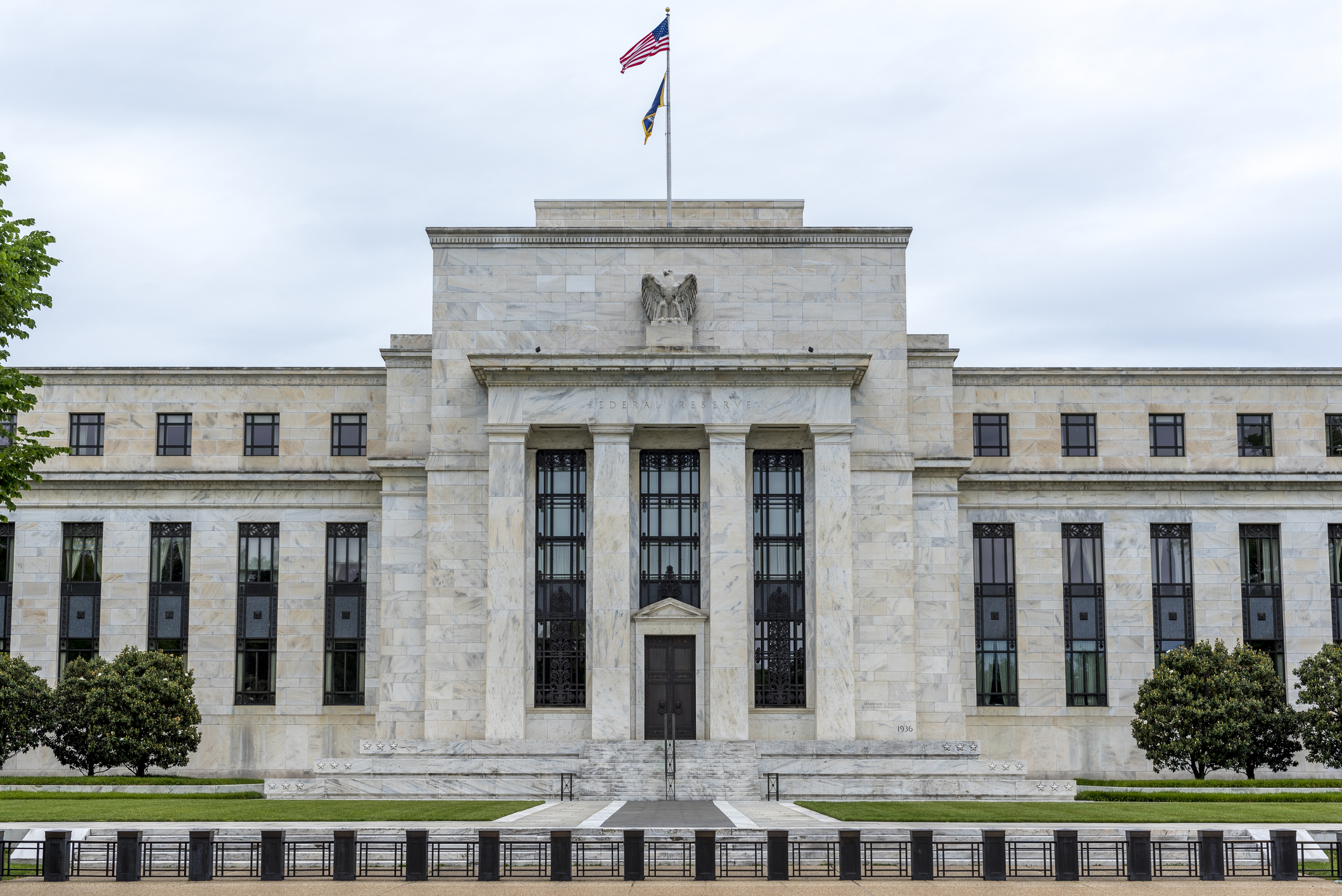 'Governments are launching an assault on the independence of central banks'
'Governments are launching an assault on the independence of central banks'Opinion Say goodbye to the era of central bank orthodoxy and hello to the new era of central bank dependency, says Jeremy McKeown
-
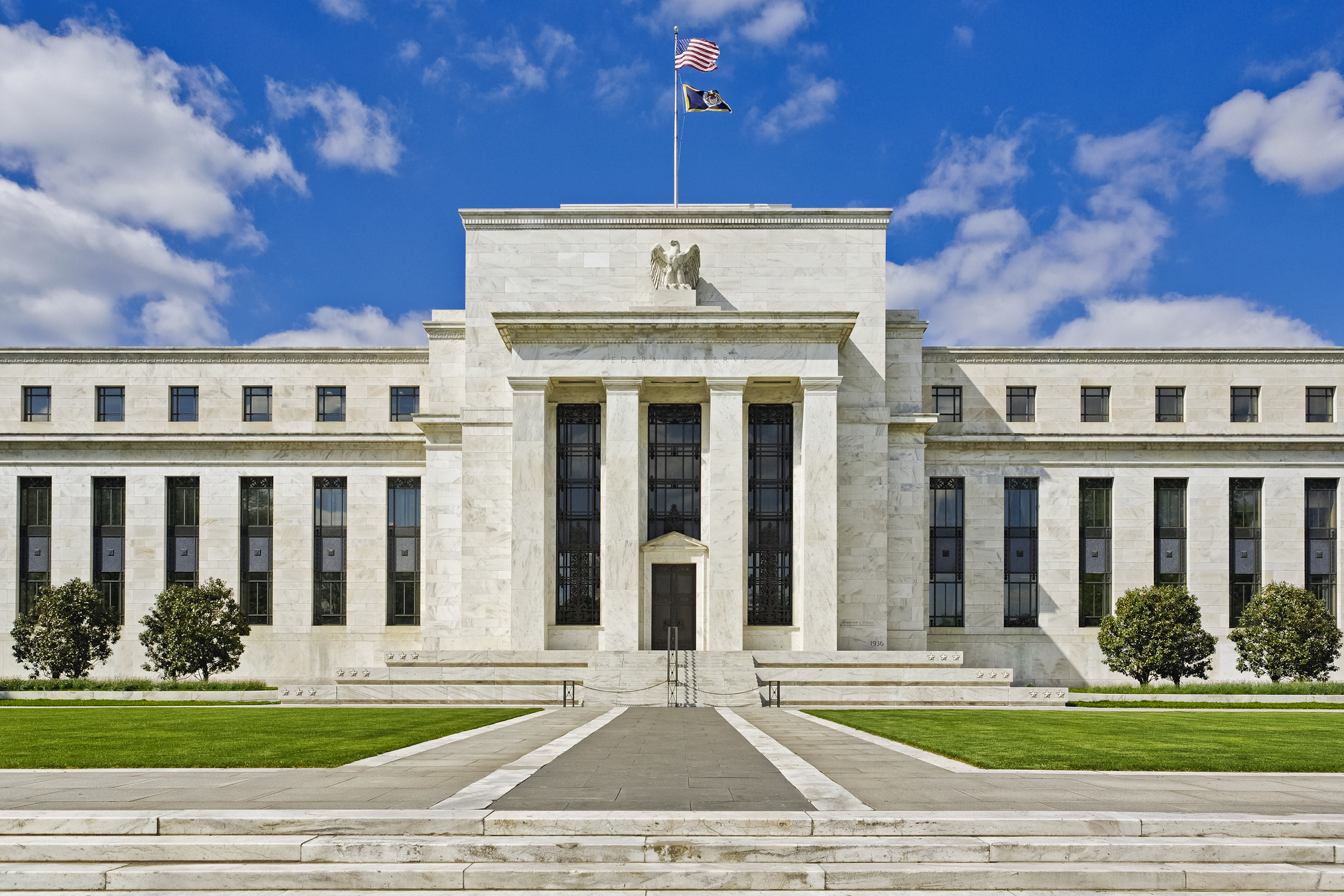 Do we need central banks, or is it time to privatise money?
Do we need central banks, or is it time to privatise money?Analysis Free banking is one alternative to central banks, but would switching to a radical new system be worth the risk?
-
 Will turmoil in the Middle East trigger inflation?
Will turmoil in the Middle East trigger inflation?The risk of an escalating Middle East crisis continues to rise. Markets appear to be dismissing the prospect. Here's how investors can protect themselves.
-
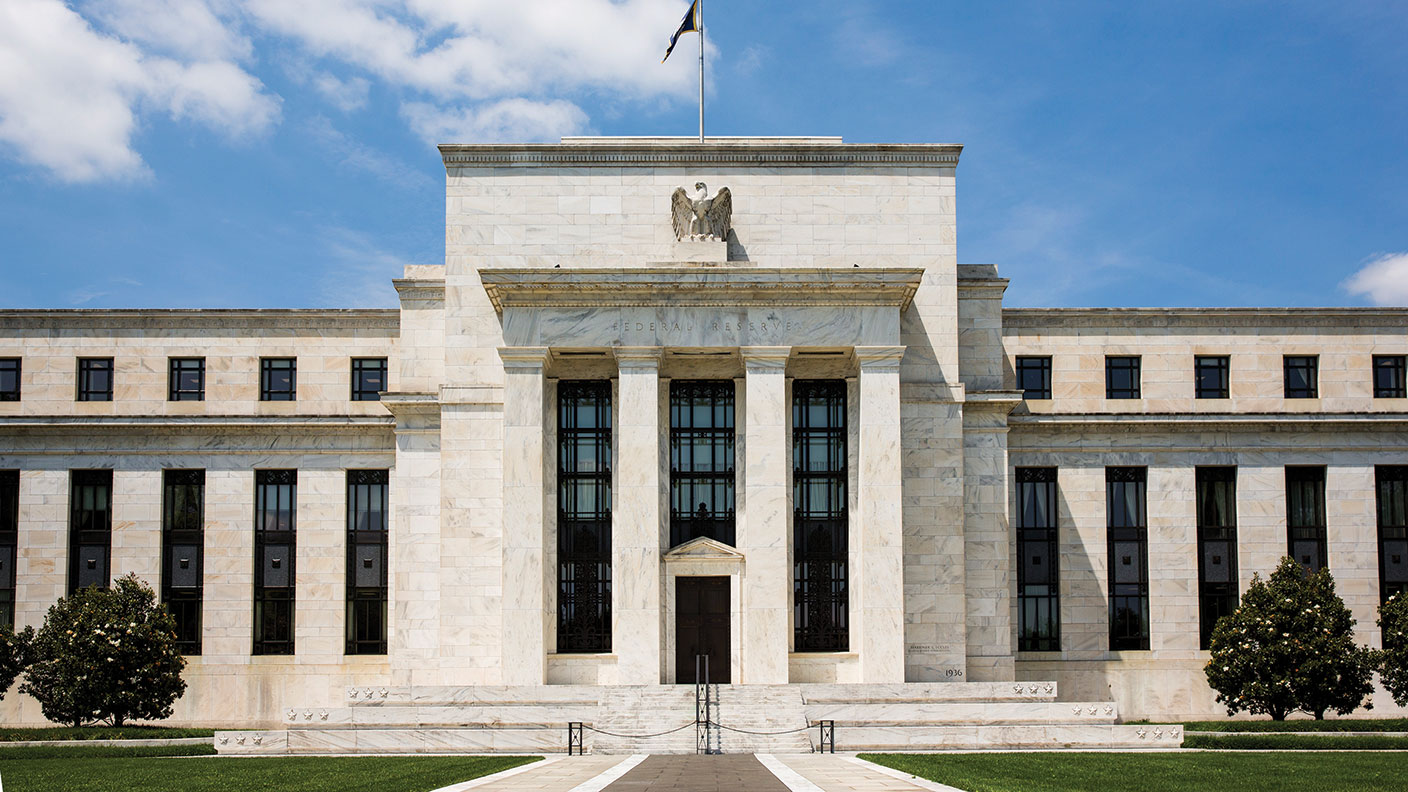 Federal Reserve cuts US interest rates for the first time in more than four years
Federal Reserve cuts US interest rates for the first time in more than four yearsPolicymakers at the US central bank also suggested rates would be cut further before the year is out
-
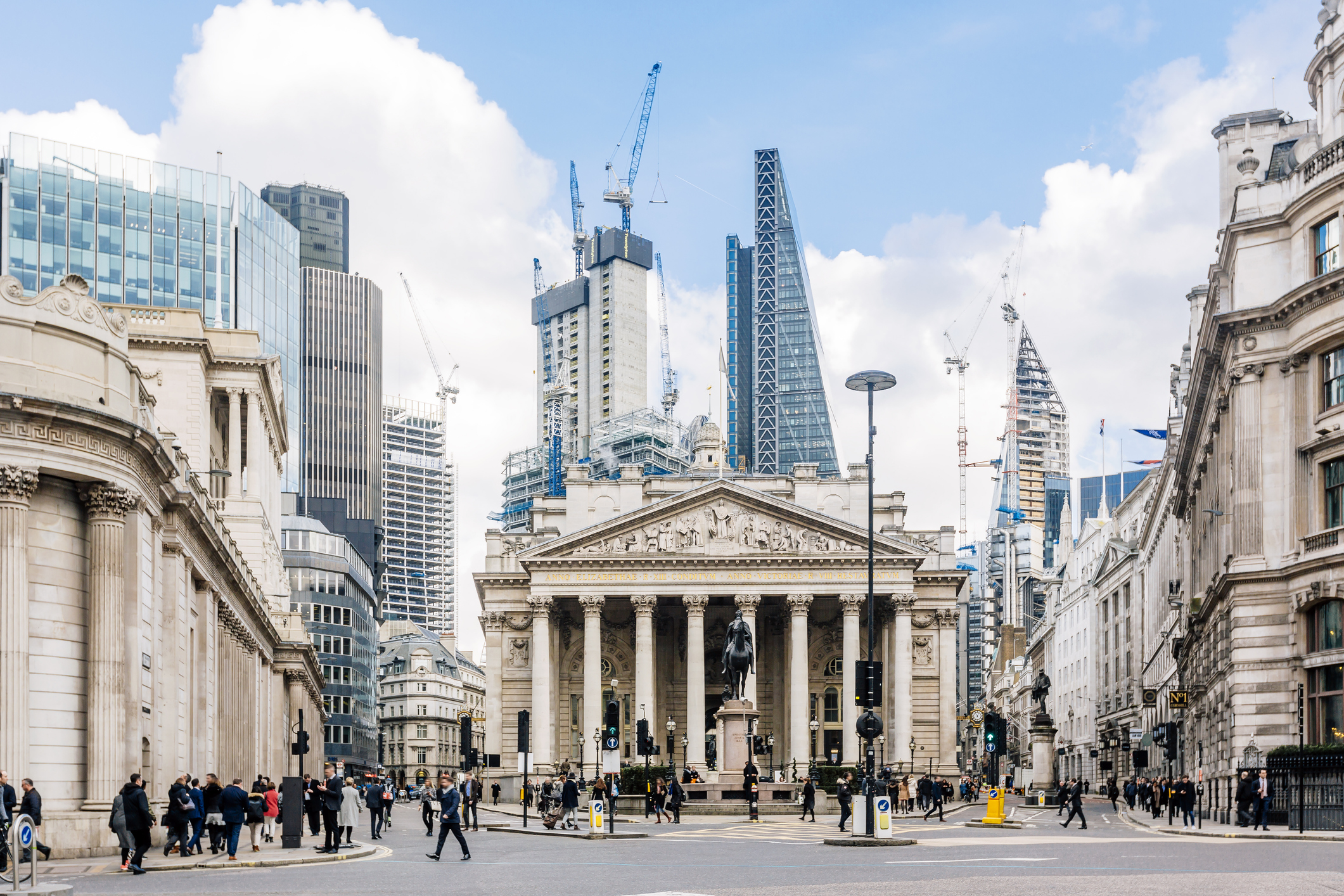 The Bank of England can’t afford to hike interest rates again
The Bank of England can’t afford to hike interest rates againWith inflation falling, the cost of borrowing rising and the economy heading into an election year, the Bank of England can’t afford to increase interest rates again.
-
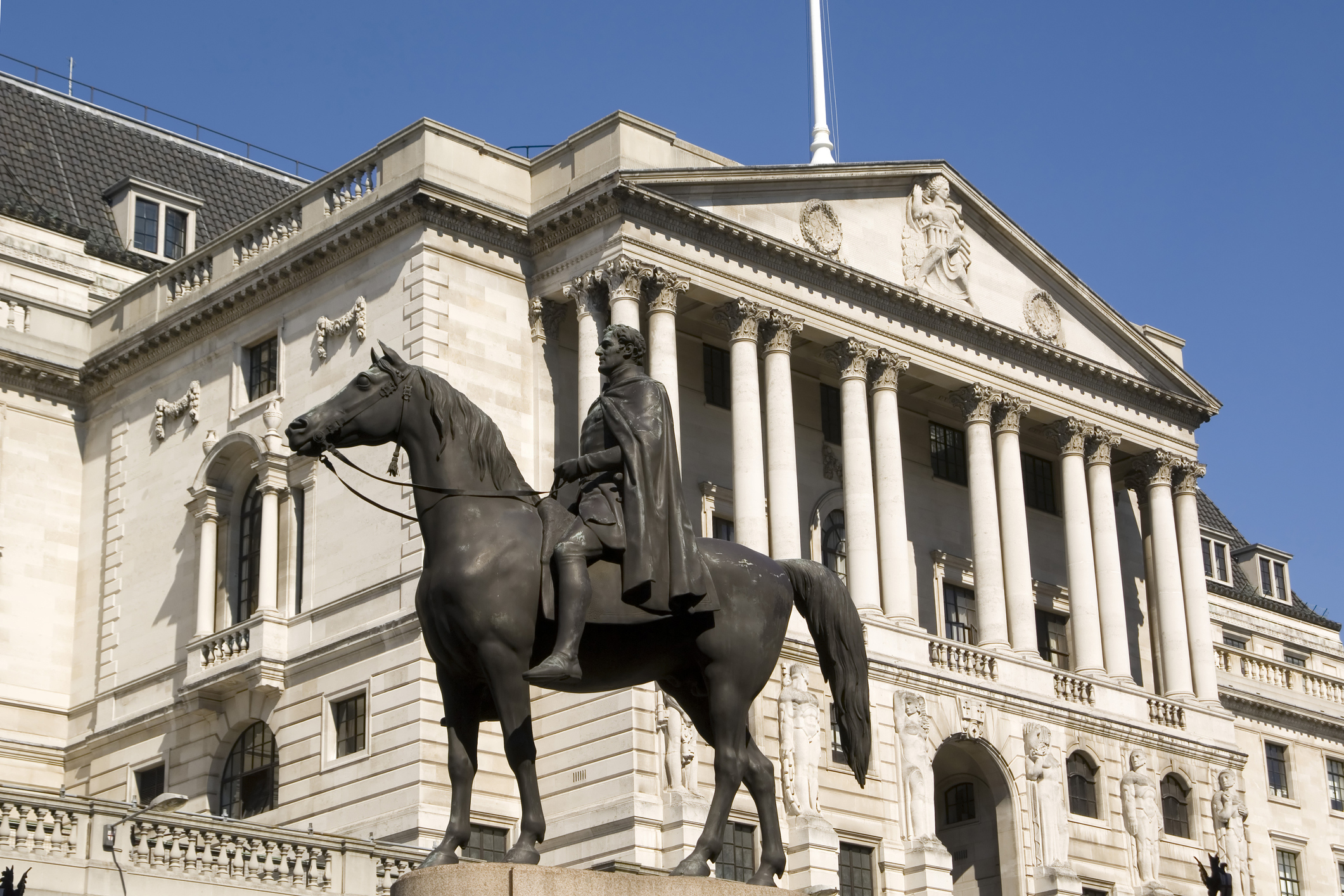 Interest rates held at 5.25% again
Interest rates held at 5.25% againThe Bank of England has kept rates at 5.25% again, in a widely anticipated move. We look at what it means for your money - and what the Bank’s next move could be
-
 US inflation rises to 3.7% as energy prices surge - will the Fed hike rates?
US inflation rises to 3.7% as energy prices surge - will the Fed hike rates?US consumer price index rose in August but markets do not expect a rate hike this month
-
 The debt ceiling illustrates America’s empire of debt
The debt ceiling illustrates America’s empire of debtOpinion The US has never quite got the hang of the conquering business as the debt ceiling debate shows.
